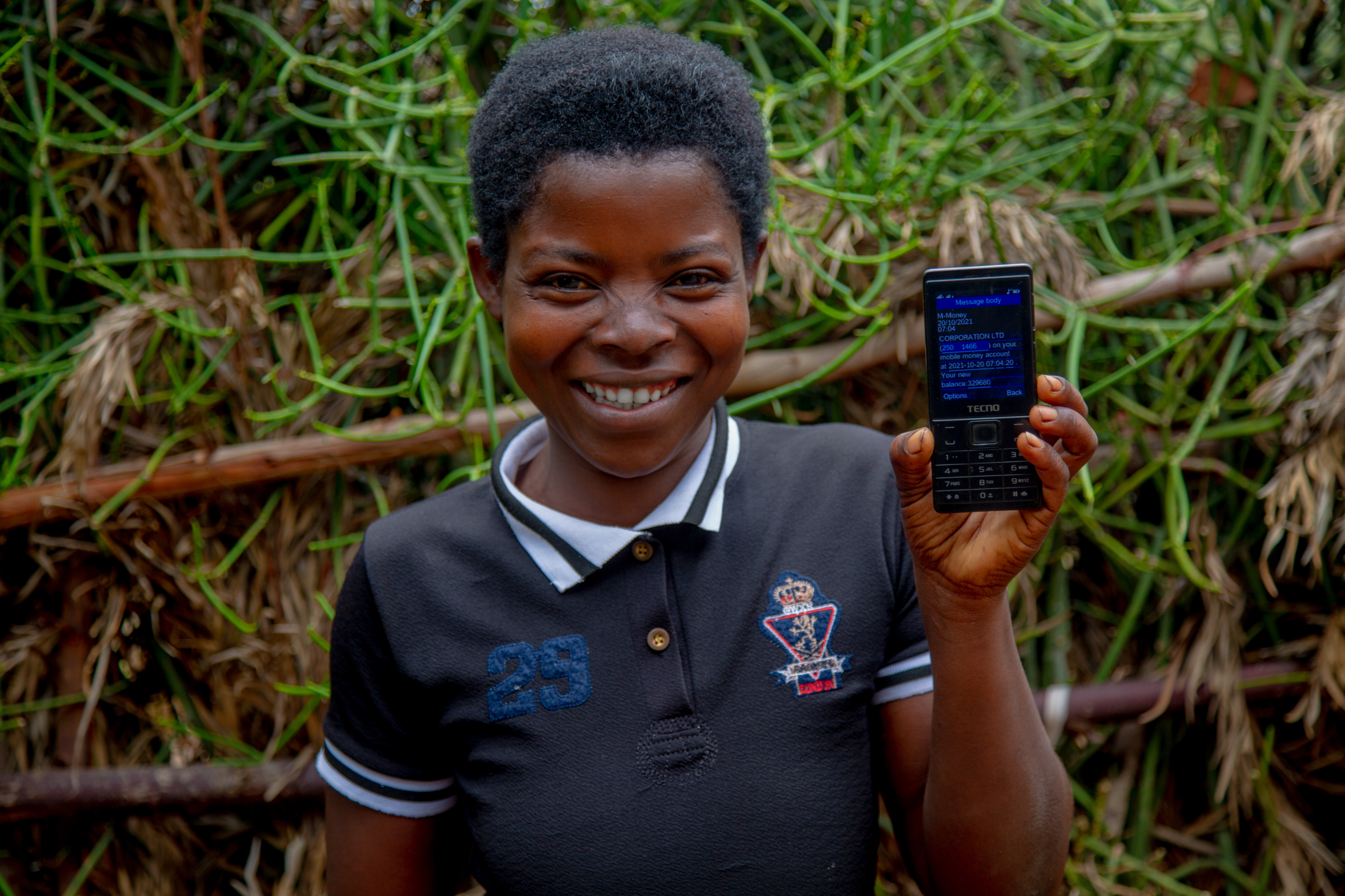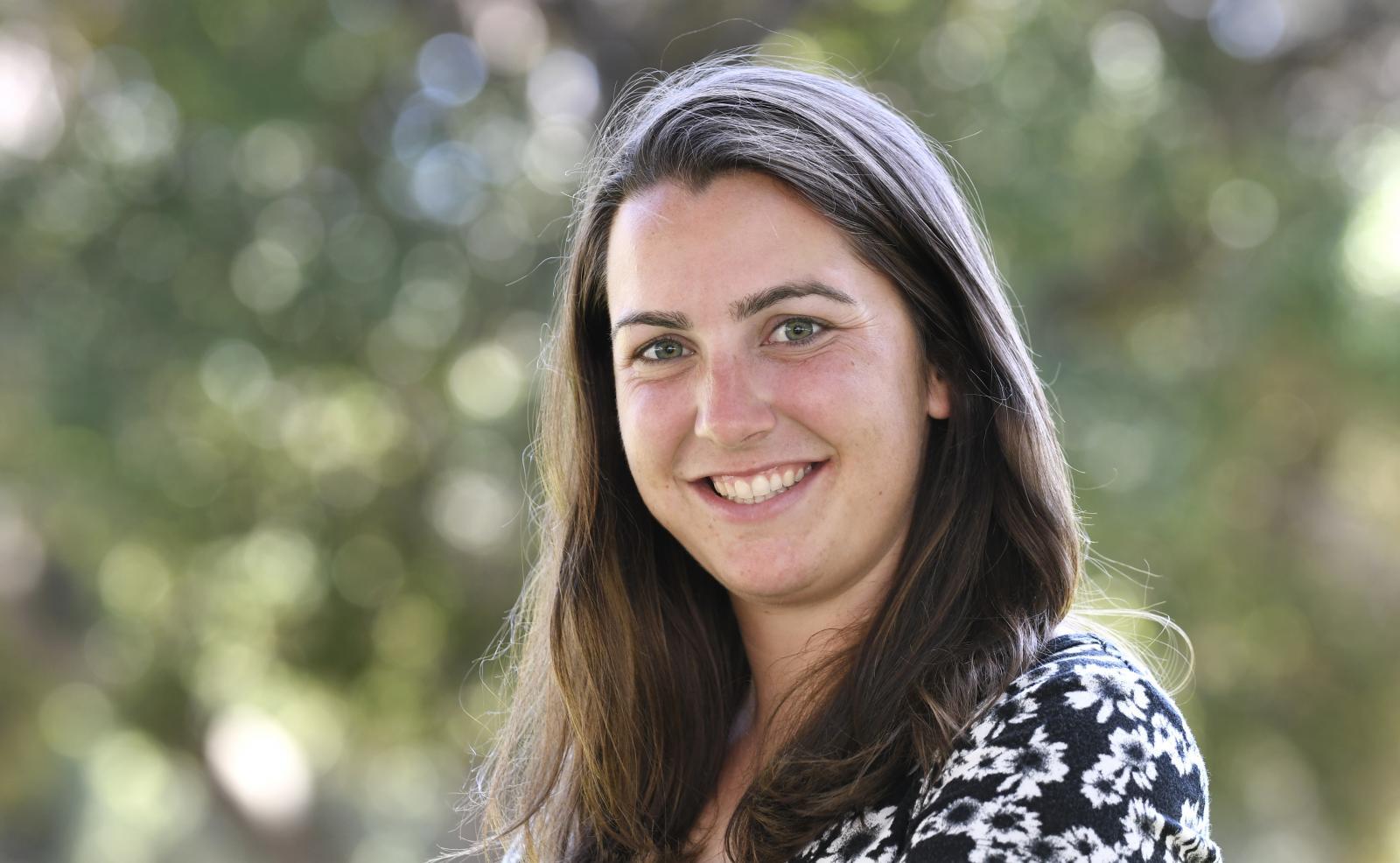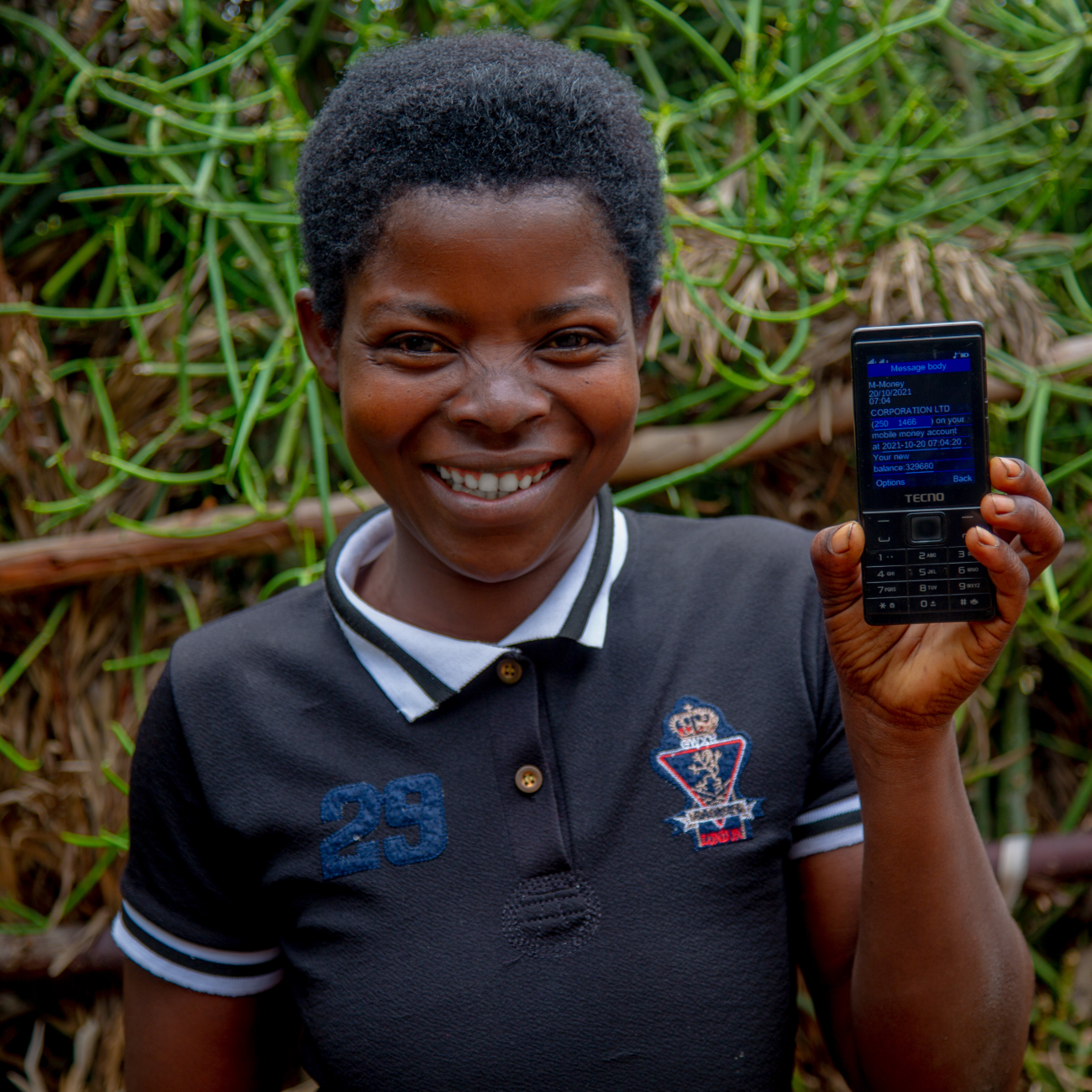
UC Berkeley-led researchers used mobile phone data and machine learning to quickly and accurately direct the Togolese government’s COVID-19 cash assistance to its poorest residents in a first-of-its-kind study published March 16 in Nature.
This breakthrough “phone-based approach” gives policymakers another tool to quickly target humanitarian aid in a crisis or where traditional poverty data isn’t available, said Emily Aiken, an author of the study. The researchers’ work with the Togo government also sets it apart. Roughly 140,000 Togo residents received this assistance because of this partnership, she said.
“This demonstrates the power of collaboration between researchers and governments and NGOs [non-governmental organizations],” said Aiken, a doctoral student at Berkeley’s School of Information.
The study is the first to combine research on using satellite imagery and phone data to measure poverty and on harnessing phone-based approaches to target aid. It aimed to help Togo identify who to give money to after it stood up its aid program, a task other governments struggled with too during COVID-19 and that is a common challenge after natural disasters and in other crises.

The paper’s authors include Aiken; Joshua Blumenstock, chancellor’s associate professor at Berkeley’s schools of Information and Public Policy; Suzanne Bellue, a doctoral student at the University of Mannheim’s Department of Economics; and Dean Karlan and Chris Udry, economics professors at Northwestern University.
‘The Problem in a Crisis’
The government of Togo created the program Novissi in April 2020 to deliver emergency social assistance to certain residents in the Greater Lomé region during the initial COVID-19 lockdown. The aid would help them stay financially afloat during this period when it was not safe for them to go to work.
Recipients, who applied via the mobile platform, had to be registered to vote in specific regions and working in specific occupations; those who qualified then received $10 to $20 in monthly support.

The researchers worked with Togo starting that spring to expand the program, so the aid could reach more of its poorest residents as fast as possible. The country didn’t have reliable recent poverty data and, given social distancing requirements, they couldn’t go into the field to get it.
So, Aiken, Blumenstock and the team used satellite data to identify the 100 poorest “cantons,” which each contain about three to four villages. They used machine learning to extract and analyze information from the satellite images that is correlated with poverty, like forest coverage and roof material density.
Then the researchers looked for the poorest individuals within those areas. They used algorithms to cull through phone data, looking at patterns like the number of international calls made or how much the caller used the internet. These kinds of factors together could signal whether individuals lived under the poverty line.
This phone-based approach was a success in Togo. Fewer people were inaccurately deemed eligible or ineligible for Novissi through it than with other available methods, the study found.
While researchers found that traditional social registries are more accurate than this phone-based approach, that data wasn’t readily available in Togo, and it would have been time-consuming and costly to collect.
“The problem in crisis situations like the COVID pandemic, or conflicts, or natural disasters is that typically, you don't just want accurate information to target poverty. You also need to act really fast and to act at a large scale,” Aiken said. “This approach that we're proposing here based on phone data has the advantage that it can be deployed quite quickly – within just a couple of weeks – and entirely remotely.”
This research raises new questions about how to best combine traditional and mobile data, like data from survey-based poverty registries and mobile phone data, to create hybrid approaches to targeting humanitarian aid. It also prompts certain ethical questions about data privacy and transparency issues that arise from phone-based aid targeting.
“A lot of the research I'm most excited to do – and some of my ongoing work – is looking at how we can think about and shore up these trade offs,” Aiken said.

